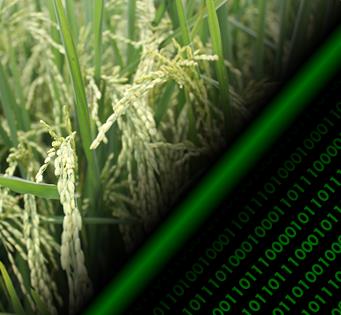Sensitivity analysis and investigation of the behaviour of the UTOPIA land-surface process model: A case study for vineyards in northern Italy.
 |
2012 - Boundary-Layer Meteorology, 144, 419-430 |
 |
Francone, C., Cassardo, C., Richiardone, R., Confalonieri, R. |
Abstract:
We used sensitivity-analysis techniques to investigate the behaviour of the landsurface model UTOPIA while simulating the micrometeorology of a typical northern Italy vineyard (Vitis vinifera L.) under average climatic conditions. Sensitivity-analysis experiments were performed by sampling the vegetation parameter hyperspace using the Morris method and quantifying the parameter relevance across a wide range of soil conditions. This method was used since it proved its suitability for models with high computational time or with a large number of parameters, in a variety of studies performed on different types of biophysical models. The impact of input variability was estimated on reference model variables selected among energy (e.g. net radiation, sensible and latent heat fluxes) and hydrological (e.g. soilmoisture, surface runoff, drainage) budget components. Maximum vegetation cover and maximum leaf area index were ranked as the most relevant parameters, with sensitivity indices exceeding the remaining parameters by about one order of magnitude. Soil variability had a high impact on the relevance of most of the vegetation parameters: coefficients of variation calculated on the sensitivity indices estimated for the different soils often exceeded 100%. The only exceptions were represented by maximum vegetation cover and maximum leaf area index, which showed a low variability in sensitivity indices while changing soil type, and confirmed their key role in affecting model results.
 |
Keywords: Energy balance, hydrological balance, land-surface model, Morris method, vegetation cover, Vitis vinifera L. |
 |
DOI: 10.1007/s10546-012-9725-6 |
- Comparison of three calibration methods for modeling rice phenology
- A simple pipeline for the assessment of legacy soil datasets: An example and test with soil organic carbon from a highly variable area.
- A high-resolution, integrated system for rice yield forecasting at district level.
- Downscaling rice yield simulation at sub-field scale using remotely sensed LAI data.
- Analysis and modelling of processes involved with salt tolerance and rice.
- Estimating crop nutritional status using smart apps to support nitrogen fertilization. A case study on paddy rice.
- Development of generic crop models for simulation of multi-species plant communities in mown grasslands.
- Quantifying uncertainty due to stochastic weather generators in climate change impact studies
- Predicting rice blast disease: machine learning versus process-based models
- Boundaries and perspectives from a multi-model study on rice grain quality in Northern Italy.




